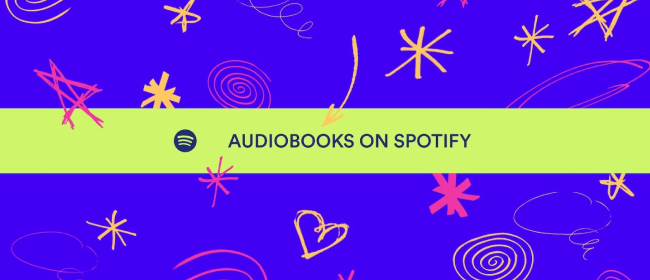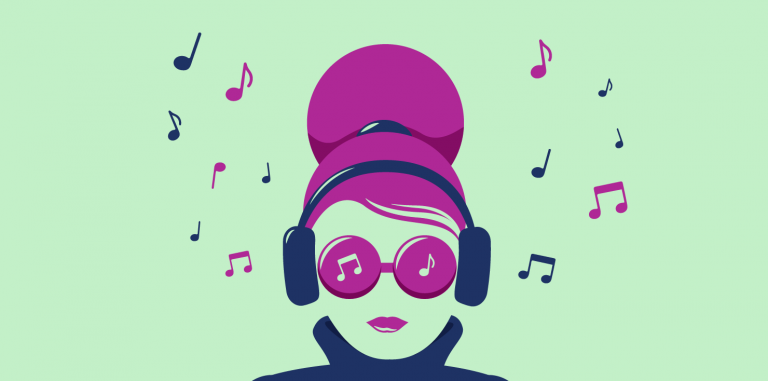
Sten Garmark, Spotify’s VP of Product, Unpacks Our Ubiquity Strategy
Perhaps you start your morning by streaming a pick-me-up playlist on your phone. Then, as you settle in at work you queue up some motivational songs on your laptop. After you get home, you play a podcast on your voice-activated speaker as you prep dinner. Because Spotify can be with you wherever you are, in any environment, audio opportunity abounds.
We sat down with Sten Garmark, our VP of Product, to learn more about the times, places, and situations in which audio can play a role—but with less work needed to access and play the content you want.
Tell us about your mission at Spotify and, specifically, your focus on ubiquity. How will listeners benefit?
As the delivery of audio content becomes all the more intuitive and seamless, our ubiquity strategy involves creating a truly frictionless experience for consumers. In other words, it’s to take whatever moment you’re in—if you’re driving, in your home, if you’re on your headphones, if you’re exercising—and make sure that you can get to your Spotify experience as easily and as quickly as possible.
The end state here is to ensure that Spotify aligns more deeply with the multiple devices in your life so that you won’t need to find the songs or podcasts to suit the moment—they will find you.
How do we deliver on the promise of ubiquity at Spotify? And what’s the entry point?
Our ubiquity strategy is very much mobile first, since most of our users today are coming in on their phones. If that’s their first touchpoint, then it’s about expanding that to more situations. We think that’s going to continue for quite some time.
From there, we need to be technically integrated with all the devices around you to enable a great Spotify experience that, to you as a consumer, intuitively works. That requires making sure that the integration for our partners is simple, such as with a voice-activated speaker.
At the end of the day, we need to deliver a simple solution for all: our users, partners, and creators.
Describe the opportunity for audio ahead. How do you ensure that listeners are aligned with that vision?
As mentioned, the strategy is to make everything less complicated. It’s reducing work that you have to do—making sure that you don’t have to be that technically advanced to be able to get to Spotify wherever you are. If there are, say, currently five steps to navigate something, we at Spotify ask, why should our users have to navigate at all? Can we remove steps?
We believe that we can take users on a journey to reevaluate audio and get more out of their lives with content from creators—in the right place at the right time. We think it’s less about listeners aligning with our vision than it is about us aligning with their behavior.
Some say that there can be too much screen time. Is there such a thing as too much audio as well?
It isn’t really a comparable analogy. For example, music speaks more to moods. It’s complementary: it’s not taking you away from your family, it’s not taking you away from your social interactions. It enhances those moments of your life. And with podcasts, we see that many people want to engage with longer-form content that goes deeper into a variety of topics, giving them a richer understanding of the world around them. We hope that that can be a really powerful force in society.
Visit Explore Spotify to find playlists that suit a variety of moods and situations.











